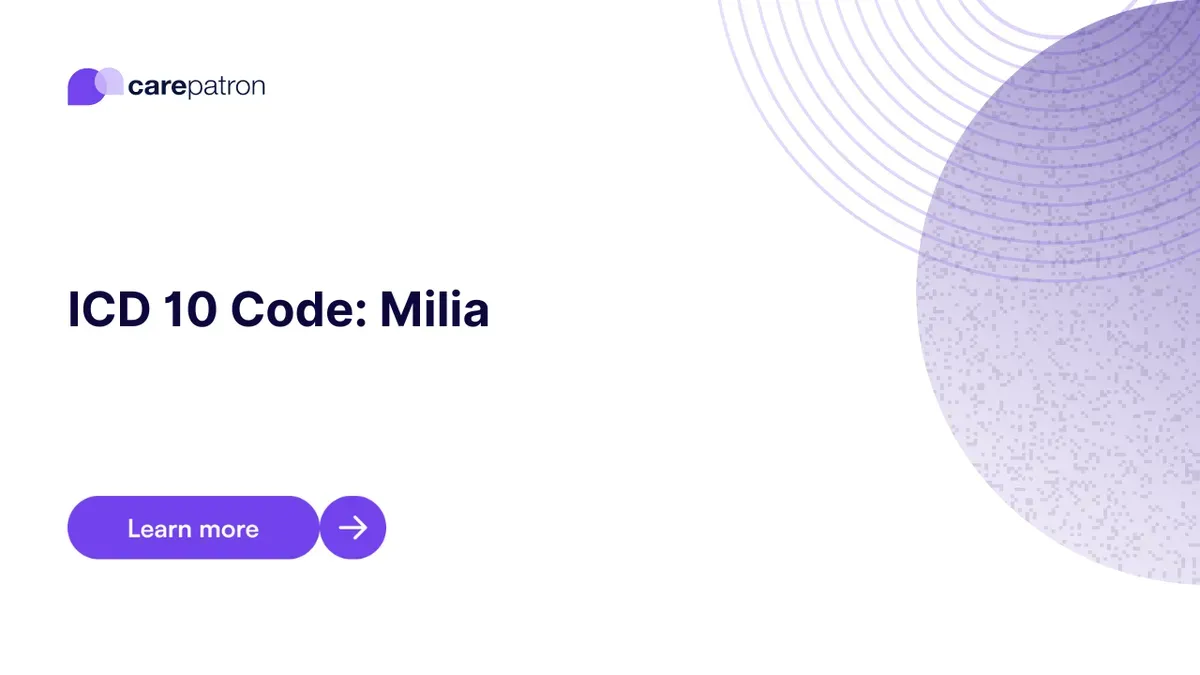
Milia ICD-10-CM Codes
Explore the comprehensive guide to ICD-10 codes for diagnosing milia—essential reading for healthcare professionals for effective diagnosis and billing.
Use Code
Commonly asked questions
You would use a milia ICD code when diagnosing or documenting a case of milia.
Common treatments include topical retinoids, chemical peels, laser ablation, diathermy, destruction curettage, and cryotherapy.
A diagnosis code for milia means the patient has been diagnosed with this skin condition. The specific code provides more information about the type of milia diagnosed.
EHR and practice management software
Get started for free
*No credit card required
Free
$0/usd
Unlimited clients
Telehealth
1GB of storage
Client portal text
Automated billing and online payments
